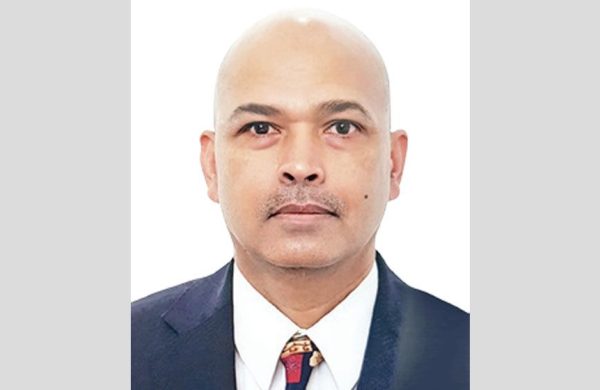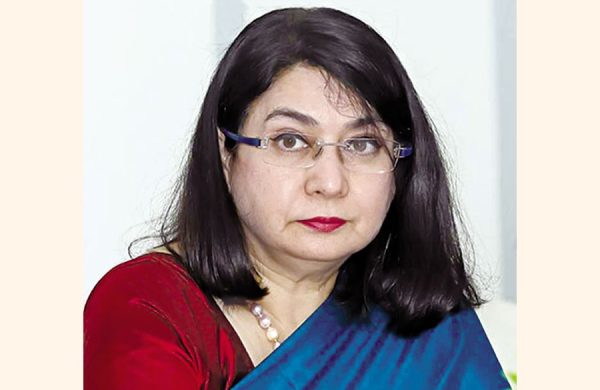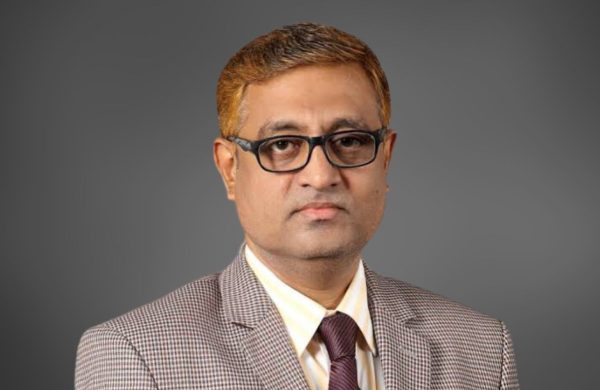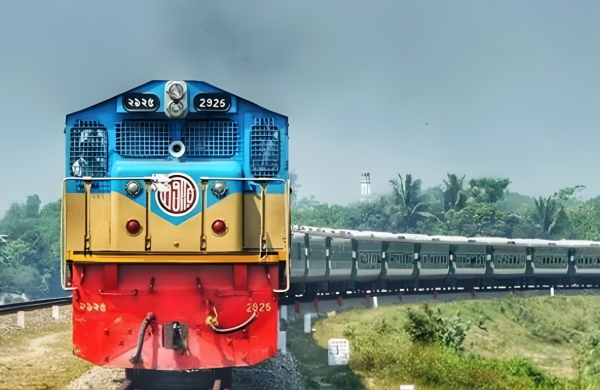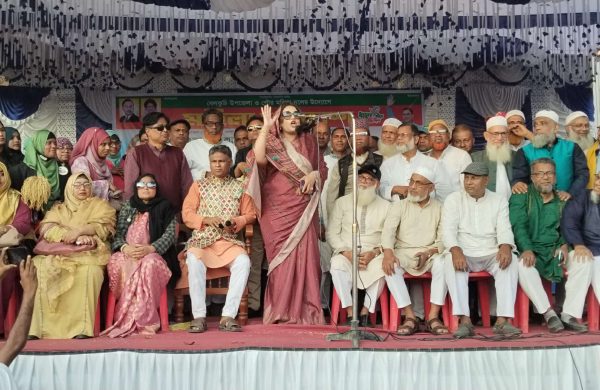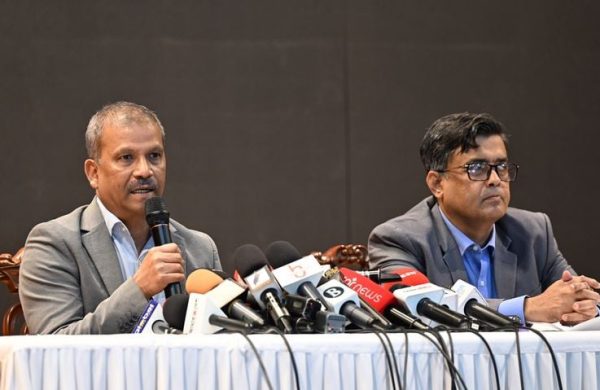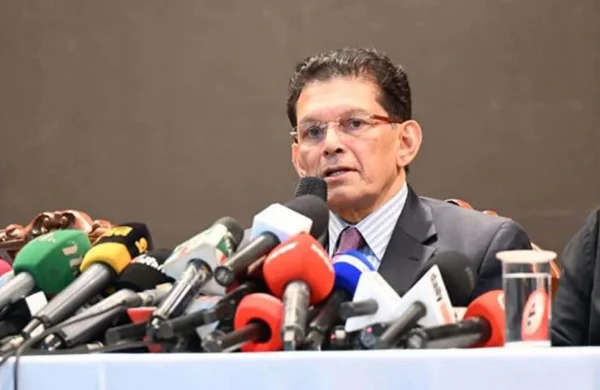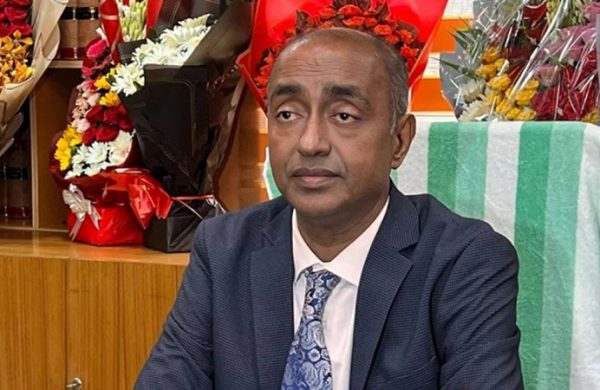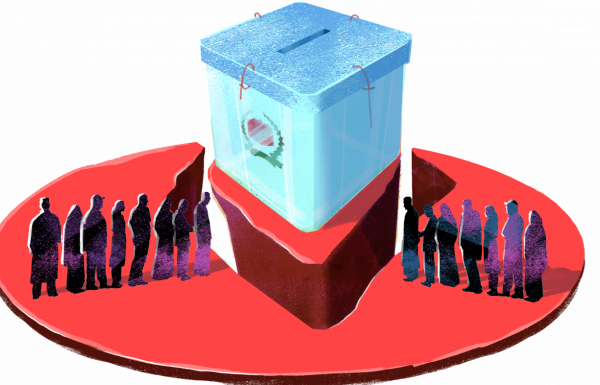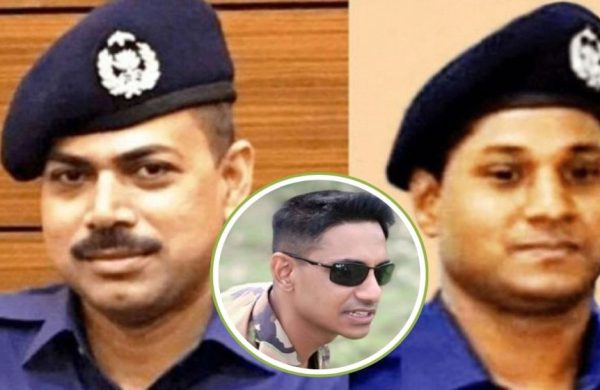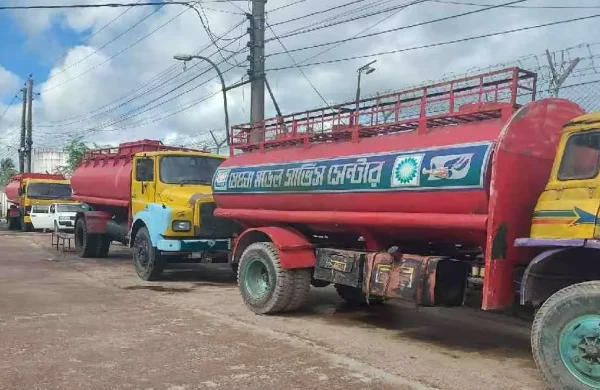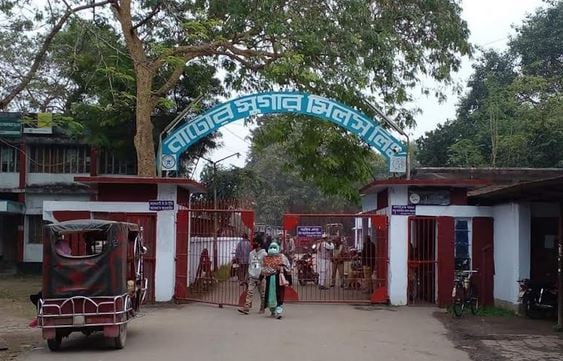Two Blossoms on One Stem
- Update Time : Saturday, October 12, 2024
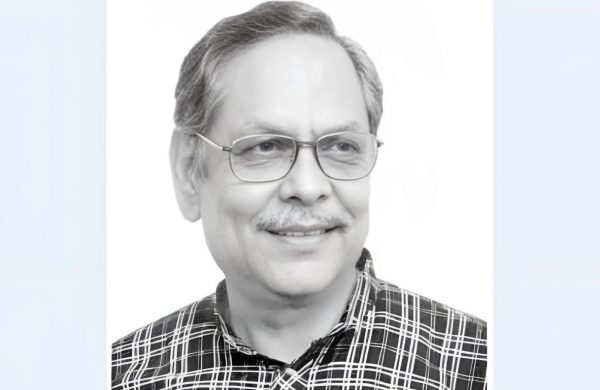
TDS Desk
Back in 1949, when I was in Class Four, this poem was part of our curriculum. Most of the stories and poems we studied at the time carried moral lessons. At the end of these stories or poems, there was almost always a question: “What lesson did you learn from reading the story/poem?”
In those early days of life, everything we read left a deep impression on us. The poem I’m referring to was written by our national poet Kazi Nazrul Islam.
I’ve always enjoyed reciting the first two lines of that poem. They go: Mora ek brinte duti kushum, Hindu-Musolman / Muslim tar noyonmoni, Hindu tar pran (We are two blossoms on one stem, Hindu-Muslim / The Muslim is its eye, the Hindu is its heart.”
Not only do I like reciting them, but I also truly believe in these words. It was from this belief that I wrote a short poem nearly three decades ago titled “Manusher Adi Parichoy” (Man’s Original Identity).
With the reader’s kind consent, I’m quoting a few lines from that poem: “…If you look beneath the skin/ You won’t find blue, black, green, or yellow, but the same red blood flows/ Everything else is a lie…” The last two lines of the poem are: “Neither black nor white, in the name of the Creator there’s no pain/ Man has but one name, he is human/ That is his original identity.” (Mofazzal Karim: Din Guli Rat Guli, Manusher Adi Porichoy, Ananya, 2013).
For a few days now, I’ve been observing different signs of mischief in Bangladesh. After the sudden ‘fall and fainting’ (of Awami League govt) on 5 August, those who dislike the popular interim government are, of course, keenly watching for ways to topple the internationally renowned, Nobel Peace Prize-winning government of Dr Muhammad Yunus. In the instability following the change of regime and the temporary decline in law and order, along with the artificial rise in commodity prices due to syndicate manipulation, another highly sensitive issue has emerged. What is it? It is an attempt to incite communal tension by exploiting the biggest festival of the Hindu community, the Durga Puja.
Those who wish to embarrass the current government in different ways, both nationally and internationally, tried to stage a few minor riots here and there to show the world that the existence of the Hindu community in Bangladesh has become endangered under this administration.
However, thanks to the government’s immediate and firm response, the world saw that no major communal unrest took place in Bangladesh. The few isolated incidents that did occur or were instigated were swiftly contained due to timely action by the government and law enforcement agencies. In truth, the general public hardly felt any communal tension.
But while the people of Bangladesh may not have noticed, those who are always eager to broadcast any negative news about Bangladesh and to portray it globally as a nation driven by communal hatred, wasted no time in inflating these small incidents and broadcasting them to the world. Who are they? Yes, they are our fraternal neighbours, whom we’ve been extending all sorts of benefits for the last 15-16 years, often without even being asked. Their media began broadcasting imaginary stories of minority oppression in Bangladesh with such embellishments as if a full-scale riot had erupted. They didn’t even stop to consider what the consequences of spreading such false narratives could be. A certain faction in their country, ever ready to stir trouble, could exploit this to create another 2006 Gujarat tragedy or carry out mass killings of minorities like those that have occurred numerous times in their country’s history. And the villain of Gujarat has long since become the hero of their country. Hence, a humble plea to the media of our friendly nation: Please consider the consequences before spreading such stories.
However, the reality is entirely different. One of the things Bangladesh can proudly boast of is its communal harmony. For ages, in this land where 90% of the population is Muslim, people of all religions, ethnicities and races have lived together, loving one another, sharing in each other’s joys and sorrows, and coexisting like good neighbours. During almost two hundred years of British rule (1757-1947) or even earlier under Muslim rule, there was never any instance of communal conflict in this country. Even during the tainted regime of the Pakistanis (1947-1971), no incidents of minority persecution or oppression occurred.
However, the Noakhali communal riot, which took place just before the partition of the country, was an exception, happening as a reaction to the Hindu-Muslim riots in Kolkata. Later, in 1964, when the massacre of Muslims began in Ahmedabad (Gujarat), India, a few isolated incidents occurred in Dhaka city and Narayanganj. However, they did not spread elsewhere in East Pakistan (now Bangladesh). Thanks to administrative measures and the exemplary role of Muslim community leaders, these incidents did not escalate into riots.
A review of Bangladesh’s history and tradition shows that the two major communities—Muslims and Hindus—have not been hostile towards each other, and have lived together in fraternal harmony for centuries. In the Liberation War of 1971, they fought shoulder-to-shoulder against the enemy and shed their blood to free the country.
There’s a commonly heard rumour, although no one speaks out clearly about it. It’s said that the bodies of the country’s Sanatan (Hindu) community reside in Bangladesh, but their hearts are across the border. Particularly about the higher castes, the wealthy and the upper classes, many people hold this belief. Personally, I do not agree. I believe that attachment to one’s birthplace, love, affection and blind loyalty are innate qualities.
However, for various reasons, there may be exceptions. But it’s not right to generalise and say that the Sanatan community has Bangladesh in their outward lives but India in their hearts. To those who may feel this way, I would ask: In your moments of life and death, happiness and sorrow, in times of crisis, who do you find near you? Surely your Bangladeshi neighbour or friend. Whose progress brings about your progress, whose good reputation boosts your own? Surely that of your homeland, Bangladesh. So why be secretly enamoured with that foreign neighbour?
And to the Muslim majority (90% of the population), I’d like to remind you that our country’s constitution and all laws do not divide people by majority or minority, Muslim or Hindu, Buddhist or Christian. According to the constitution and laws, all citizens, regardless of religion, race, or economic status, are equal. Therefore, no one has the right to belittle anyone else.
The recent incidents of religious violence, temple attacks, idol destruction and other such incidents are undoubtedly condemnable. The police’s efforts to bring the culprits to justice and ensure severe punishment are commendable. The home adviser, the Inspector General of Police (IGP) and other officials have visited different temples and met with Sanatan community leaders, assuring them of strict action against wrongdoers—these are all commendable steps.
Political leaders are also playing their due role, which is good. But the ultimate factor is public opinion and the role of the people. We saw how crucial public participation was in the “July 36” movement. So let’s come together to resist communal forces and declare: “This country belongs to all of us. Hindu, Muslim, Buddhist, Christian are brothers—there’s no room for those who seek to divide us.”
Speaking of public participation, I must mention a unique and significant event. School and college students, who were at the forefront of last July-August’s anti-dictatorship movement, have also taken responsibility for protecting temples and idols with great devotion. Alongside them were ordinary people and political workers.
But the most commendable role was played by madrasa students, teachers and religious leaders. Embracing Islam’s core principles, particularly the Quranic verses “La ikraha fid deen” (There is no compulsion in religion) and “Lakum deenukum waliya deen” (For you is your religion, and for me is mine), they safeguarded the temples and deities of the Sanatan community, setting an extraordinary example. As a result, wrongdoers couldn’t carry out their evil plans. However, the exemplary role of madrasa students and religious leaders didn’t get the media coverage it deserved, which is unfortunate.
In this context, I’d like to mention something about a popular slogan. Whenever Durga Puja approaches, we hear, from the highest levels to cultural workers, a saying: “Religion for individuals, festivals for everyone.” This statement seems to give implicit approval for visiting mandaps, sharing prasads, and participating in dance and music, thus making these activities seem acceptable to some. I don’t think this was necessary. Instead, it often caused unnecessary offence to a certain section of devout Muslims. Rather than promoting such superficial slogans that hurt religious sentiments, it would have been better to focus on ensuring that the Sanatan community could celebrate their Puja in a joyous and conducive environment.
In conclusion, I urge everyone to preserve Bangladesh’s proud tradition of communal harmony and stay vigilant against those who want to cause unrest.
I extend my best wishes for the Sharadiya Durga Puja to my Sanatan brothers and sisters and everyone else. May you all stay well and happy. I’ll end with the words of the great Gautama Buddha: “May all beings be happy.”
__________________________________
The writer is a former Secretary, Poet


